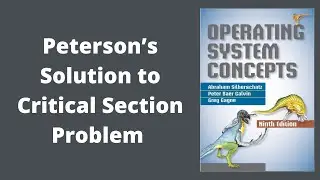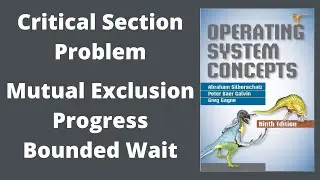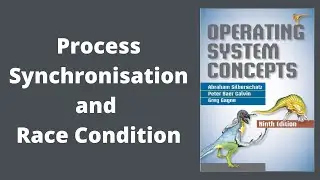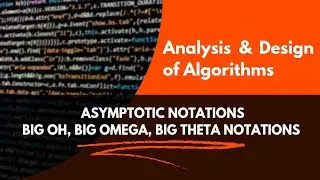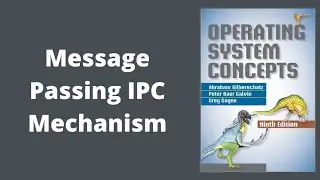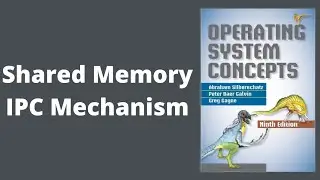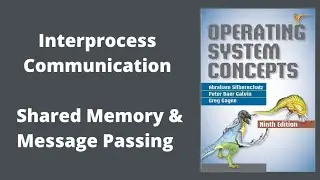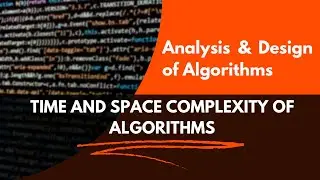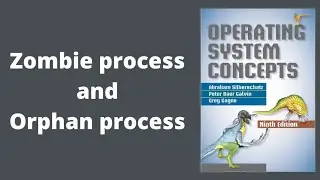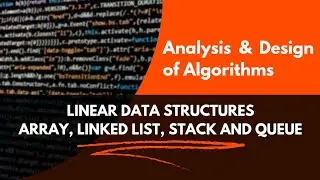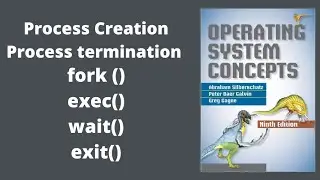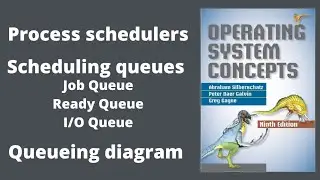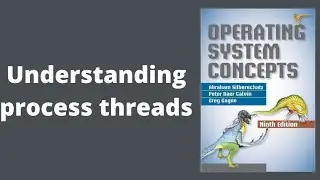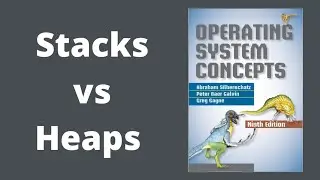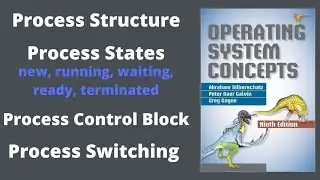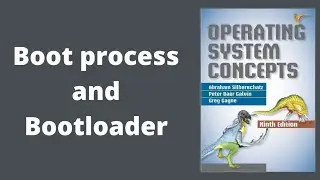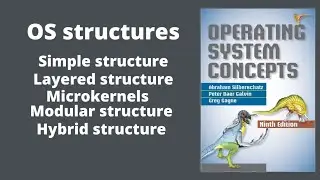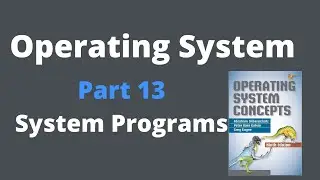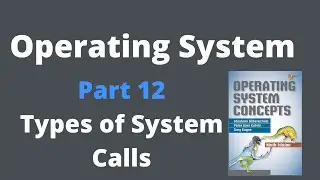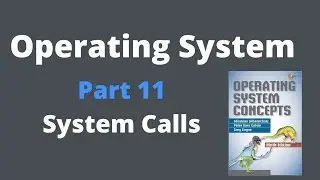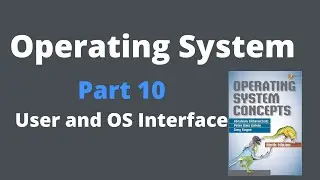Peterson’s Solution to the Critical Section Problem
Peterson’s solution is a classical algorithm used in concurrent programming to achieve mutual exclusion, ensuring that two processes do not enter their critical sections at the same time. It is particularly designed for two processes, often denoted as Process 0 and Process 1. The solution is simple yet effective and serves as a demonstration of how mutual exclusion can be achieved without the use of complex synchronization primitives like semaphores or locks.
Key Concepts:
1. Flags: Each process has a flag (flag[0] and flag[1]) that indicates whether the process wants to enter its critical section.
2. Turn: A shared variable, turn, is used to indicate whose turn it is to enter the critical section. If turn = 0, Process 0 is given the priority to enter its critical section; if turn = 1, Process 1 has the priority.
The Algorithm:
For Process 0:
flag[0] = true; // Process 0 wants to enter its critical section
turn = 1; // Give turn to Process 1
while (flag[1] && turn == 1) {
// Busy wait
}
// Critical Section
flag[0] = false; // Process 0 leaves its critical section
For Process 1:
flag[1] = true; // Process 1 wants to enter its critical section
turn = 0; // Give turn to Process 0
while (flag[0] && turn == 0) {
// Busy wait
}
// Critical Section
flag[1] = false; // Process 1 leaves its critical section
Explanation:
1. Intent to Enter: Each process sets its flag to true, indicating that it wants to enter the critical section.
2. Turn Assignment: The process gives the turn to the other process, indicating that if the other process also wants to enter the critical section, it will have priority.
3. Busy Waiting: The process enters a loop where it waits (busy waits) until the other process either does not want to enter its critical section (flag is false) or it is no longer its turn. This ensures that only one process can enter the critical section at a time.
4. Critical Section: Once the loop is exited, the process enters its critical section, executes its critical code, and then sets its flag to false, indicating that it has exited the critical section.
Properties:
• Mutual Exclusion: Ensures that only one process is in the critical section at any time.
• Progress: If no process is in the critical section, the process that wants to enter will eventually do so.
• Bounded Waiting: A process will not be forced to wait indefinitely to enter its critical section.
Limitations:
• Busy Waiting: The algorithm uses busy waiting, which can be inefficient in terms of CPU usage.
• Only Two Processes: It is designed specifically for two processes; extending it to more processes requires additional mechanisms.
Peterson’s solution is historically significant as it shows that mutual exclusion can be achieved with just two variables without the need for hardware support or more complex synchronization tools.
If this is the first video you’re watching, then I would highly recommend watching the below videos first as they set the base for understanding this video:
1. Process Synchronization & Race Condition in Operating System
• Process Synchronization & Race Condit...
2. Critical Section - Mutual Exclusion, Progress and Bounded Wait
• Critical Section - Mutual Exclusion, ...
#petersonsolution
#criticalsectionproblem
#criticalsection
#petersonproblem
#racecondition
#processsynchronization
#processsynchronizationinoperatingsystem
#mutualexclusion
#progress
#boundedwaiting
#shahidnihal
#operatingsystem
#operatingsystemfullcourse
TextBook: https://amzn.to/3MpnwUX








